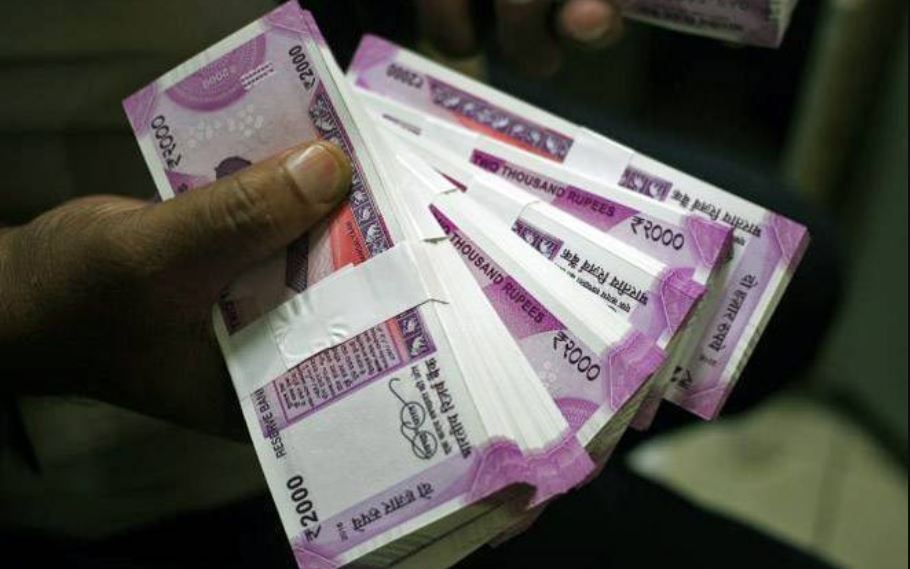As per the annual report of RBI, the central bank did not print a single note of 2000 rupees in FY 20 while the print of 500 rupee notes increased manifolds in order to compensate for the reduction of 2000 rupee notes.
While 32,910 lakh pieces valued at Rs 6,58,199 crore of Rs 2,000 notes were in circulation in March 2019, the numbers declined to 27,398 lakh and Rs 547,952 crore in March 2020. Now Rs 2,000 notes constitute only 22.6 per cent of the total value of notes in circulation, as against 37.3 per cent in 2018 and 31.2 per cent in 2019. On the other hand, the value of Rs 500 notes spurted sharply to Rs 14.72 lakh crore in March 2020 from Rs 10.75 lakh crore a year ago.
The government floated the higher denomination note to quickly remonetize the economy after demonetization. However, as the economy has been completely monetized in the last three years and the value of the currency in circulation has reached higher than that at the time of demonetization; the continuation of a higher denomination is not needed. Moreover, having higher denomination notes will beat the very purpose of demonetization exercise, as higher value currency eases the black money hoarding process.
In February this year, Business Standard reported that as the government is planning to put the 2,000 rupee note out of circulation, a major exercise to recalibrate the 2 lakh forty thousand ATMs of the country to replace the 2000 rupee note vault with 500 rupee note is underway.
There are four cassettes filled with notes of different value in the ATMs. Now, three of these are filled with Rs 500 notes and the other one with Rs 100 and Rs 200 notes. Cassettes holding Rs 2000 notes had been replaced with the one with 500 rupees cassette.
Previously, Subhash Garg, former secretary, Department of Economic Affairs, had raised the issue that the 2,000 rupee notes have become a new ‘instrument’ of black money hoarding. “A good chunk of the Rs 2000 notes are actually not in circulation, having been hoarded. The Rs 2,000 note, therefore, is not presently working as a currency of transaction,” said Garg. “Withdrawing these notes from circulation would not cause any disruption. A simple method, depositing these notes in the bank accounts (no counter replacement), can be used to manage the process,” he argued further.
The black money hoarders usually keep cash in high-value currency given the ease in management and better chances of escape in case of Income Tax raids. The floating of 2,000 rupee note was beating the very purpose of demonetization, and therefore, the government decided to put them out of circulation, but obviously, without a demonetization like Knee-jerk decision.
